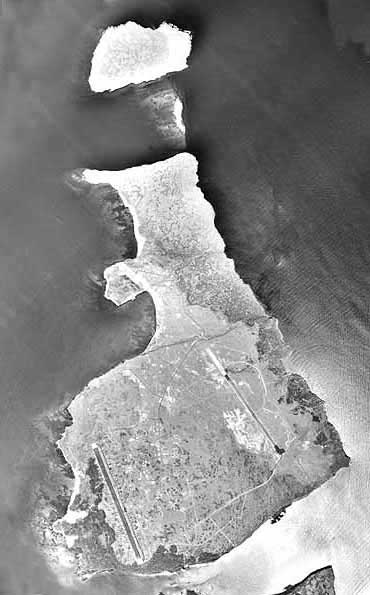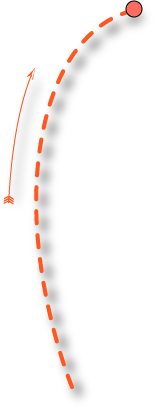

John F. Mast Accident Report
U. S. Army Air Force
The statements below are taken from the Accident Report of Mast's July 5, 1942 crash landing on “Little Seymour“ Island (now, Isla Seymour). The orginal report is barely legible, and has been re-typed to follow its format as closely as possible.

Mast P-40C illustration courtesy Hugo Idrovo
"C" Flight
52ND FIGHTER SQUADRON
SEYMOUR ISLAND,
GALAPAGOS ARCHIPELAGO, ECUADOR,
JULY 9, 1942.
C E R T I F I C A T E
ON JULY 5, 1942, AT APPROXIMATELY 9:45 A.M, I TOOK OFF
ON A SCHEDULED GROUND GUNNERY MISSION FROM UNITED STATES ARMY
AIR BASE, SEYMOUR ISLAND. LIEUTENANT MAST AND I WERE IN FOR-
MATION, AND WE MADE ONE DRY RUN AT LITTLE SEYMOUR GUNNERY
RANGE. AS WE PULLED UP I OVERRAN LIEUTENANT MAST, HE BEGAN TO
DROP AND I REALIZED THEN THAT HIS MOTOR WAS DEAD. I SAW HIM
MAKE A CRASH LANDING IN THE CENTER OF THE ISLAND. I SAW FLAMES
COMING FROM THE WING AND RETURNED IMMEDIATELY TO THE AIR BASE,
AND REPORTED THE CRASH TO OPERATIONS.
JAMES O. HARRISON,
2ND LIEUT, A.A.F.
(28) Pilot's Statement (state how the accident occurred, giving all details as to conditions, causes, and influencing factors):
At 9:45 AM July 5, 1942, the undersigned took off from Galapagos Air Base in
a P-40C airplane on a gunnery mission to Little Seymour Island, about five miles
from the runway. Heading straight for the range, a dive was started at 1,000 feet
at the start of the dive, suddenly and without any warning sputter the engine quit
cold. At such low altitude a complete check, other than a glance at engine instruments
which appeared normal was impossible. Because waters in this vicinity are shark
infested, a decision was made in favor of a landing on Little Seymour Island.
Accomplishing a 180 degree turn, a crash landing was made with wheels retracted. The
pilot, only slightly bruised, made an immediate survey of the damage, revealing the
following: the outer halves of both wings were torn away, as well as the entire
fuselage behind the cockpit. A grass fire started by a flare torn from the wing
quickly burned beyond control and several hours later consumed the entire wreckage.
Fuel tanks were full at time of take-off and preflight of engine was thorough and
satisfactory.
Signature JOHN F. MAST 1st Lt., A.A.F.
Pilot.
(29) Statement of Accident Classification Committee (give complete causal statement, amplifying the pilot's statement where necessary to explain the causes):
It is the opinion of the committee that the forced landing and resultant
accident was brought about by 100% power plant failure. The cause of the failure
is undetermined as fire caused by accidental release of a flare completely de-
molished the airplane.
The pilot could not be charged with an error of judgement as the absence of
any field in the area suitable for a successful landing left him with only one
alternative, that of landing in the surrounding waters. It is the opinion of the
committee that the pilot exercised good judgement in choosing the island instead
of the surrounding waters. The waters in the vicinity of the island are shark
infested and a water landing in the area would have resulted in complete loss of
the airplane and possible loss of the pilot.
NOTES: While Harrison's report above suggests they had completed one dry run, Mast's own report suggests the failure occurred as he approached the gunnery range for the first time. His 180° turn suggests he may have been over open water and made the turn so that he could land on the island and not in the water. Mast's assumed flight path does not take this maneuver into account, pending further investigation.
Mast reported that Little Seymour Island (now, Isla Seymour) was “about five miles from the runway” on Isla Baltra. From the bombing range on Little Seymour, the actual straight-line distance is about 4.6 miles to the now-abandoned runway; about 3.5 miles to the currently-active runway. Although inconclusive, this suggests that the plane took off from the former runway.

